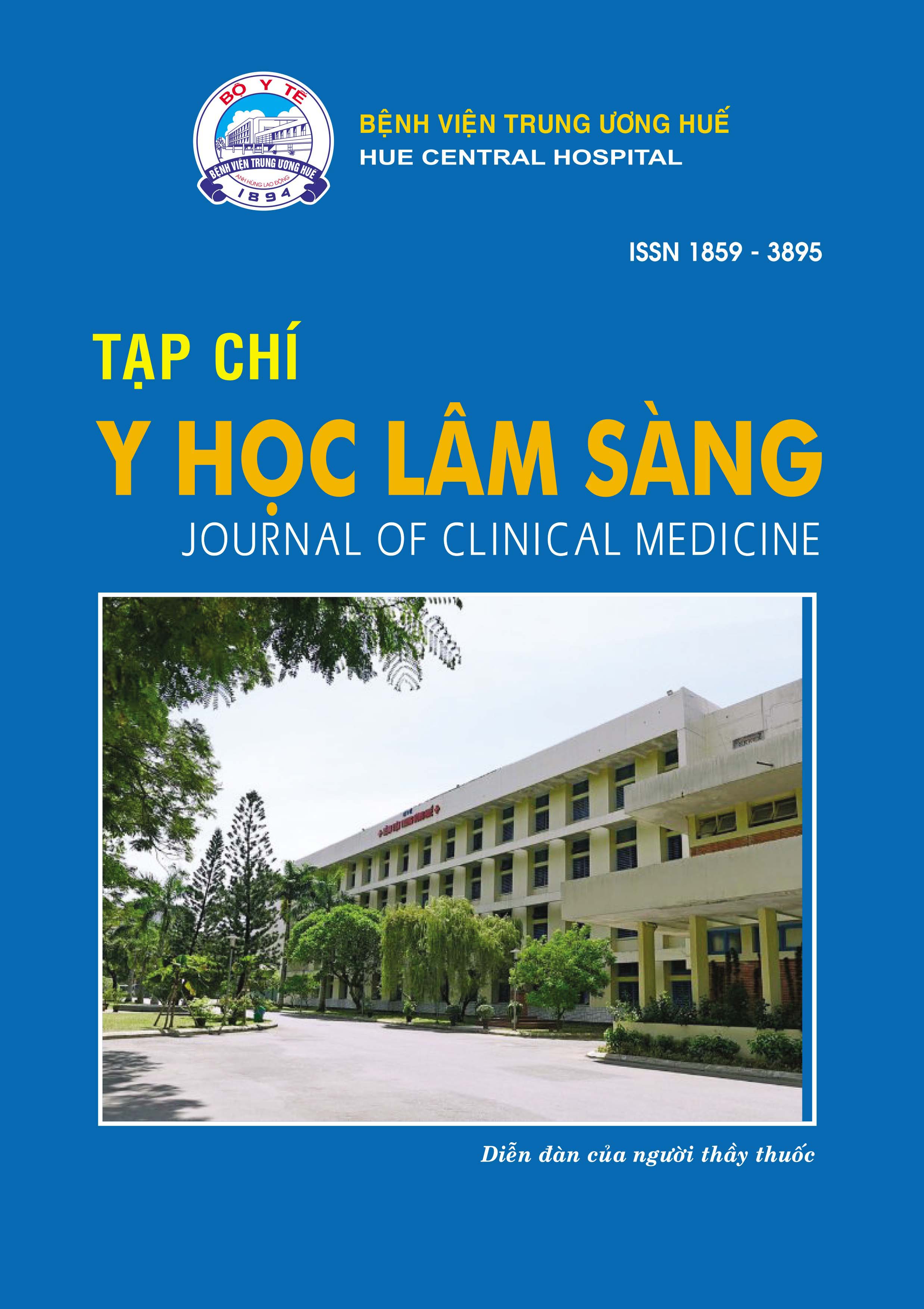Abstract
Histiocytic disorders in children and adults are caused by an abnormal accumulation of cells of the mononuclear phagocytic system. Langerhans cell histiocytosis (LCH) is a myeloid-derived dendritic cell disorder. The disease may affect any organ or system of the body, but those more frequently affected are the skin, bone and lymph nodes.
Objectives: To evaluate characteristics of demography, location of lesions and histopathology of LCH.
Methods: Cross sectional study of 80 children who have been performed biopsy with pathological diagnosis of LCH at Children’s Hospital 1 from Jan 2015 to Dec 2019.
Results: LCH was encountered in children from 1 month to 12 years old in the study population. The mean age is 3.1 ± 2.7 (years) and in both male and female (M: F= 1.7/1). The most frequent sites of lession are skin and soft tissues.
Conclusion: Langerhans cell histiocytosis is a malignant disease that may be encountered in clinical practice with different sites of lesions. LCH should be thought of when suspected and diagnosed early by histopathology to help guide treatment promptly and appropriately.
References
Arceci RJ. The histiocytoses: the fall of the Tower of Babel. European journal of cancer (Oxford, England : 1990) 1999; 35:747-67; discussion 67-9.
Salotti JA, Nanduri V, Pearce MS, Parker L, Lynn R, Windebank KP. Incidence and clinical features of Langerhans cell histiocytosis in the UK and Ireland. Archives of disease in childhood 2009; 94:376-80.
Stalemark H, Laurencikas E, Karis J, Gavhed D, Fadeel B, Henter JI. Incidence of Langerhans cell histiocytosis in children: a population-based study. Pediatric blood & cancer 2008; 51:76-81.
Baumgartner I, von Hochstetter A, Baumert B, Luetolf U, Follath F. Langerhans’-cell histiocytosis in adults. Medical and pediatric oncology 1997; 28:9-14.
Malpas JS, Norton AJ. Langerhans cell histiocytosis in the adult. Medical and pediatric oncology 1996; 27:540-6.
Howarth DM, Gilchrist GS, Mullan BP, Wiseman GA, Edmonson JH, Schomberg PJ. Langerhans cell histiocytosis: diagnosis, natural history, management, and outcome. Cancer 1999; 85:2278-90.
Islinger RB, Kuklo TR, Owens BD, et al. Langerhans’ cell histiocytosis in patients older than 21 years. Clinical orthopaedics and related research 2000:231-5.
Guidelines EHNWGfL. Guidelines for diagnosis, clinical work-up and treatment during childhood. 2013.
Guyot-Goubin A, Donadieu J, Barkaoui M, Bellec S, Thomas C, Clavel J. Descriptive epidemiology of childhood Langerhans cell histiocytosis in France, 2000-2004. Pediatric blood & cancer 2008; 51:71-5.
Grois N, Pötschger U, Prosch H, et al. Risk factors for diabetes insipidus in langerhans cell histiocytosis. Pediatric blood & cancer 2006; 46:228-33.
Slater JM, Swarm OJ. Eosinophilic granuloma of bone. Medical and pediatric oncology 1980; 8:151-64.
| Published | 08-01-2025 | |
| Fulltext |
|
|
| Language |
|
|
| Issue | No. 66 (2020) | |
| Section | Original article | |
| DOI | 10.38103/jcmhch.2020.66.11 | |
| Keywords | bệnh mô bào Langerhans Langerhans cell histiocytosis |

This work is licensed under a Creative Commons Attribution-NonCommercial-NoDerivatives 4.0 International License.
Copyright (c) 2025 Journal of Clinical Medicine Hue Central Hospital

